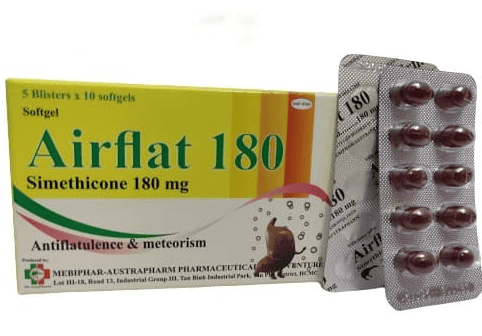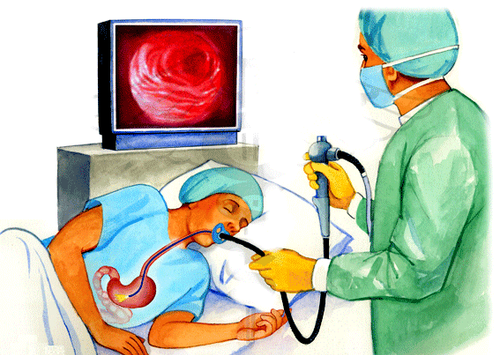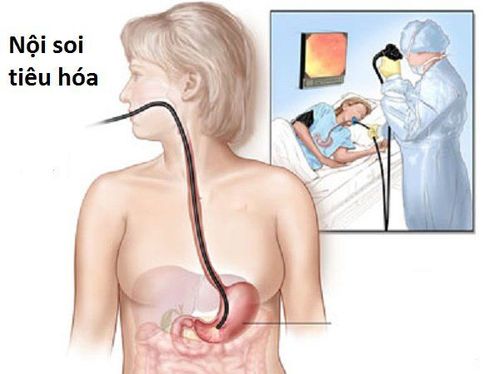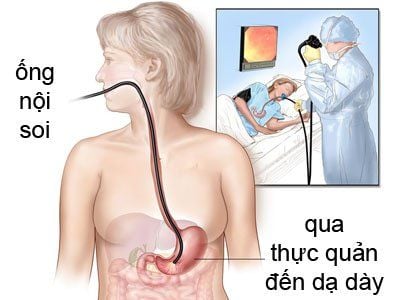This is an automatically translated article.
The article was professionally consulted by Specialist Doctor I Dong Xuan Ha - Gastroenterologist - Department of Medical Examination and Internal Medicine - Vinmec Ha Long International Hospital.Upper gastrointestinal endoscopy, including gastroscopy, is a technique used to directly examine a patient's upper digestive system with a small camera mounted at the end of the endoscope. Doctors use endoscopy to diagnose disease and sometimes, treat gastrointestinal problems during endoscopy.
1. When is a gastroscopy needed?
When performing a gastroscopy, the doctor not only examines each stomach, but also examines the entire upper digestive tract in order from top to bottom, including the esophagus, stomach, and the first part of the small intestine. duodenum. Upper gastrointestinal endoscopy is used to diagnose and sometimes treat diseases of the gastrointestinal tract. Patients with the following problems will be indicated to perform upper gastrointestinal endoscopy:Find the cause of the signs and symptoms of gastrointestinal disease, such as nausea, vomiting, abdominal pain, difficulty swallowing and discharge digestive blood. Diagnose. The doctor uses an endoscope to take a tissue sample and this gastrointestinal tissue sample will be biopsied to detect certain conditions such as anemia, bleeding, inflammation, diarrhea, or cancer of the digestive tract. Treatment. During endoscopy, the doctor will put special instruments through the endoscope to treat digestive tract diseases such as dilation of the esophagus, removal of polyps or removal of foreign bodies.
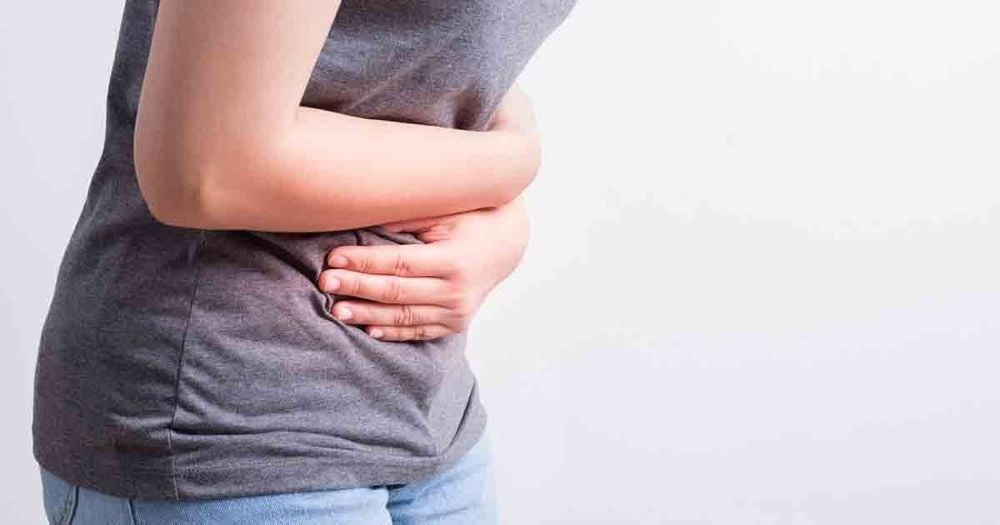
2. Is gastroscopy painful?
Overall, endoscopy is a safe technique. However, during the endoscopy, the patient may experience some complications that can cause pain such as:Bleeding . The risk of bleeding complications increases after endoscopy when patients have gastrointestinal tissue samples for biopsy or in combination with treatment for diseases of the digestive system. Infection . Most endoscopy or endoscopy with biopsy carries a low risk of infection. Most infections are minor and can be treated with antibiotics. Your doctor may give you a prophylactic antibiotic before your colonoscopy if you are at high risk for infection. Digestive tract tear. A tear in the esophagus or another part of the upper digestive tract can require hospitalization and sometimes surgery to treat it. The risk of this complication is very low, but it is increased if other techniques accompany endoscopy such as dilation of the esophagus.
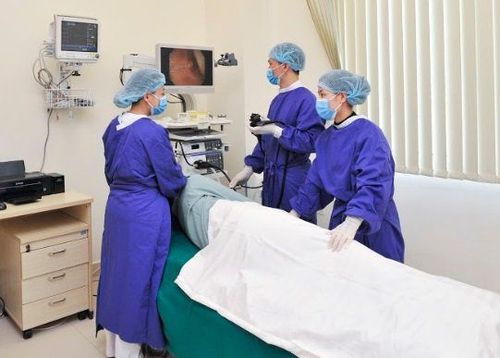
Vinmec International General Hospital is one of the hospitals that not only ensures professional quality with a team of doctors, modern equipment and technology, but also stands out for its examination, consultation and treatment services. comprehensive, professional disease; civilized, polite, safe and sterile medical examination and treatment space. Customers when choosing to perform tests here can be completely assured of the accuracy of test results.
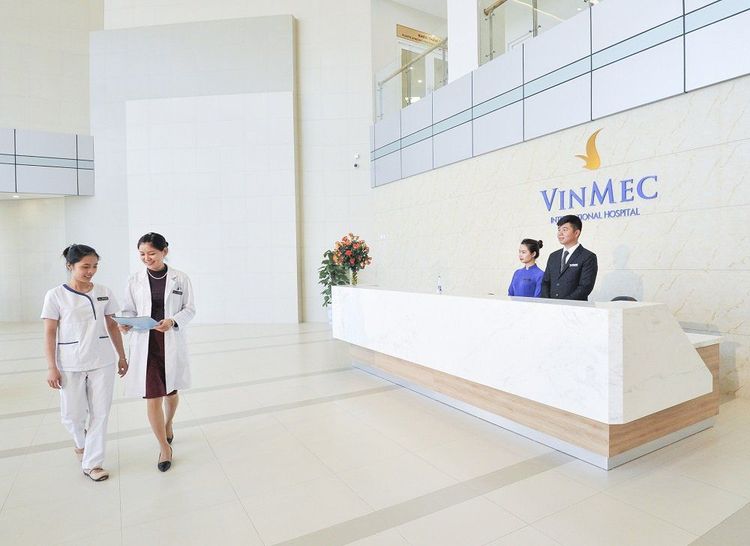
Please dial HOTLINE for more information or register for an appointment HERE. Download MyVinmec app to make appointments faster and to manage your bookings easily.
MORE:
How is nasogastric endoscopy performed? Notes before gastroscopy Learn the method of capsule endoscopy






